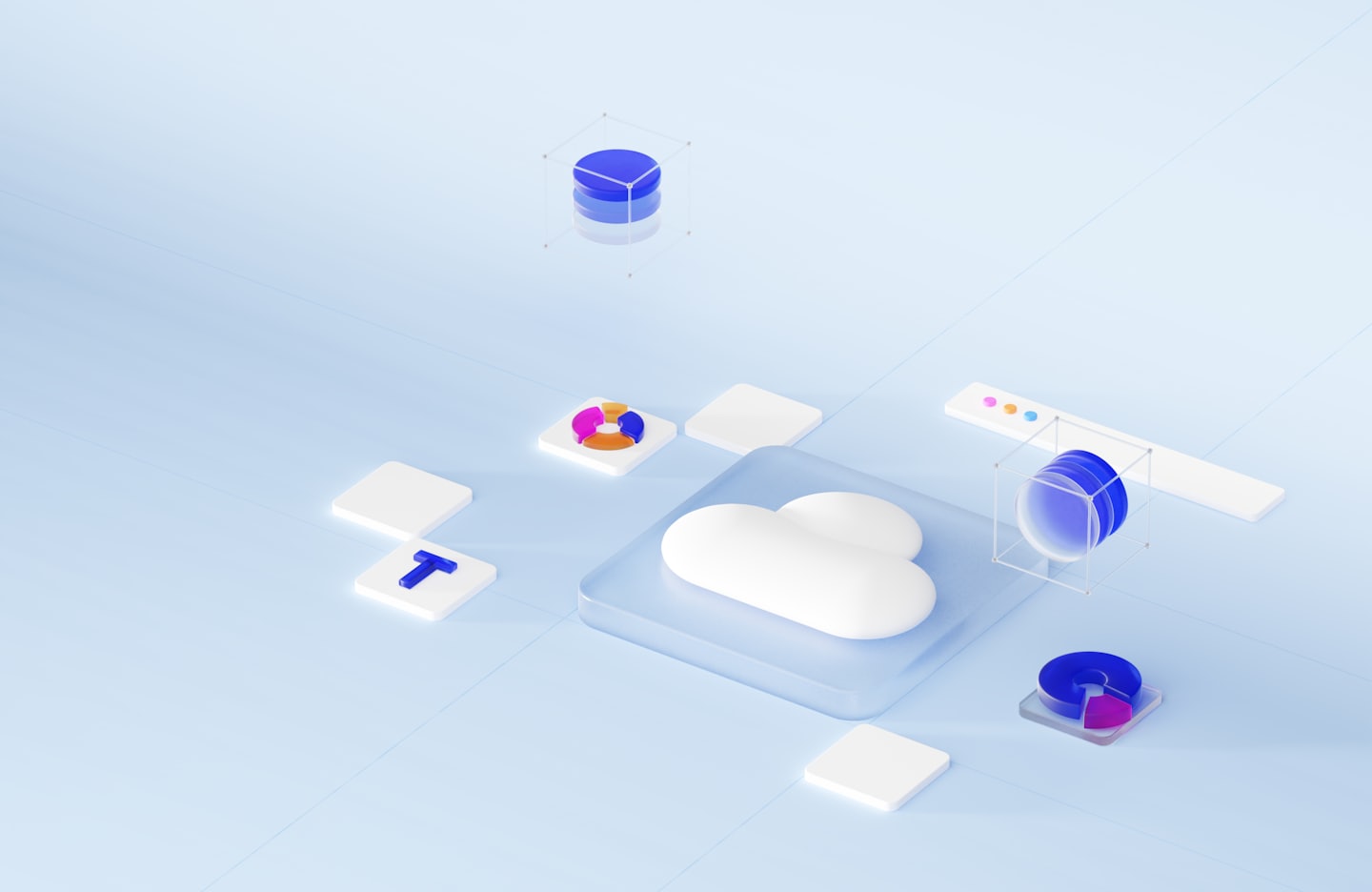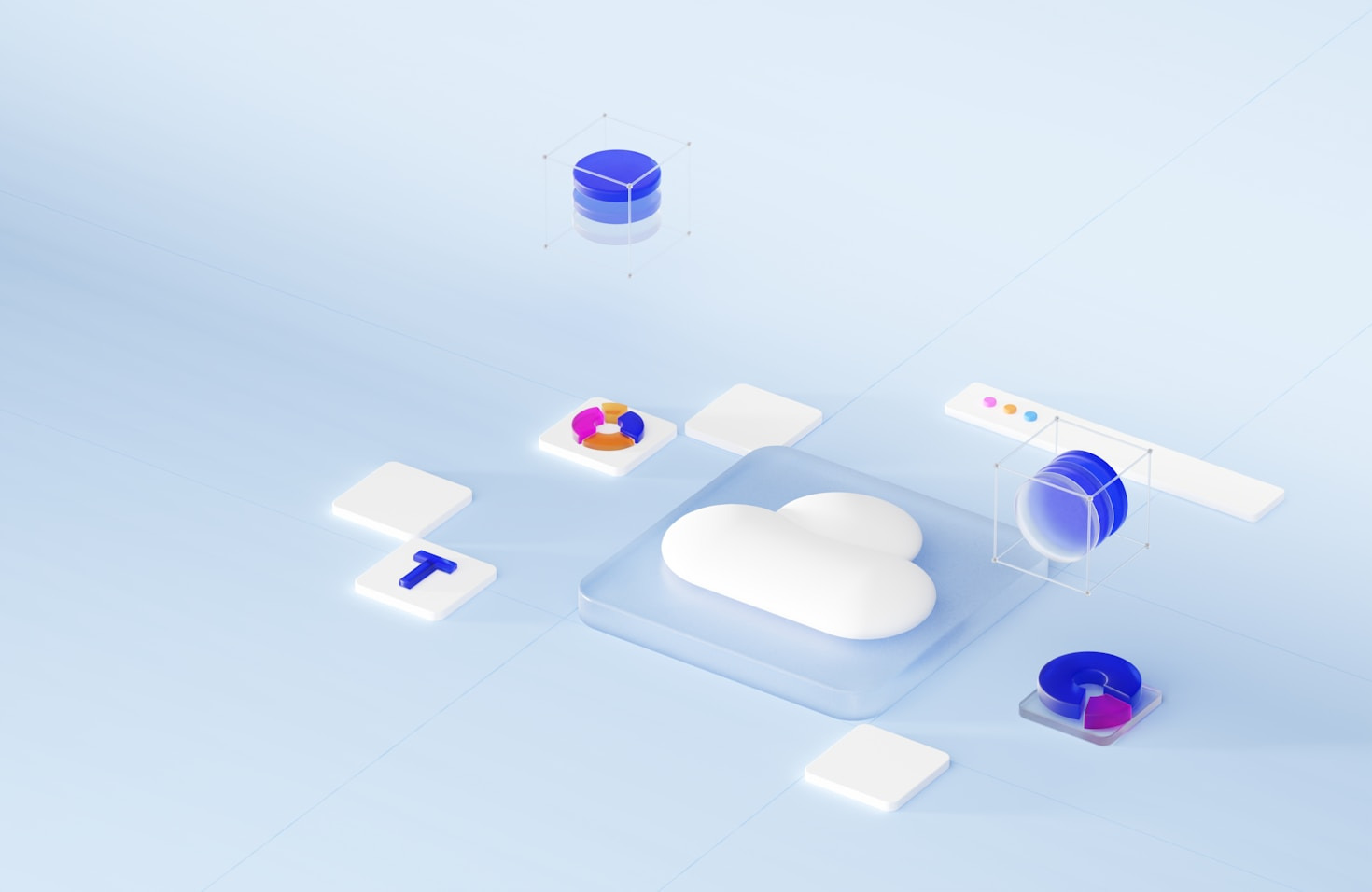Cloud computing continues to be the backbone of digital transformation. What started as a solution for data storage and computing power has evolved into a platform for innovation across artificial intelligence, IoT, edge computing, and more.


As we move through 2023, several key trends are shaping the future of cloud technology. Here’s a look at the top cloud computing trends to keep an eye on this year.
1. Multi-Cloud and Hybrid Cloud Strategies Are on the Rise
Businesses are no longer relying on a single cloud provider. Instead, they are adopting multi-cloud and hybrid cloud strategies to boost performance, reduce risk, and improve cost-efficiency.
Multi-cloud means using services from multiple providers like AWS, Azure, and Google Cloud. Hybrid cloud blends public cloud services with private infrastructure, allowing companies to maintain control over sensitive data while still benefiting from cloud scalability.
2. Cloud-Native Technologies Are Becoming the Norm
Cloud-native development is now the go-to approach for modern applications. Tools like containers, Kubernetes, microservices, and serverless computing help developers build, deploy, and manage apps more efficiently.
These technologies support agility and scalability while reducing operational overhead. As a result, companies are increasingly adopting DevOps and GitOps practices powered by cloud-native toolchains.
3. Edge Computing Is Growing Alongside IoT
The rise of connected devices is fueling the need for edge computing. Instead of sending data back to a central cloud, edge computing processes data close to where it is generated. This reduces latency and improves real-time decision-making.
Industries such as manufacturing, healthcare, and transportation are adopting edge computing to power smart devices and systems that need immediate data analysis.
4. AI and Machine Learning Are Built Into the Cloud
AI and machine learning are no longer niche capabilities. Cloud providers are now offering advanced AI and ML tools as part of their core services. From image recognition to predictive analytics, these tools are accessible to businesses of all sizes.
This democratization of AI is allowing companies to embed intelligent features directly into their applications without needing to build complex models from scratch.
5. Sustainability Is a Growing Priority
As the tech industry faces increasing pressure to reduce its environmental impact, sustainability is becoming a major focus for cloud providers. Companies are now looking at the carbon footprint of their cloud usage and choosing providers that prioritize renewable energy and energy-efficient infrastructure.
Expect to see more reporting tools, energy usage dashboards, and green cloud certifications in the coming months.
6. Cloud Security and Compliance Are Front and Center
With more workloads moving to the cloud, security and governance are more critical than ever. Companies are adopting zero trust models, tightening access controls, and using automated tools to monitor threats.
Compliance with data privacy laws like GDPR and CCPA also remains a priority. Cloud providers are responding by offering better tools for data classification, encryption, and geographic control.
7. Cloud Cost Management Becomes a Discipline
Cloud spending can quickly get out of hand without proper oversight. That’s why more organizations are turning to FinOps — a practice that blends finance and operations to manage cloud costs effectively.
This includes setting budgets, tracking usage, and using automation to optimize resources. As economic pressures grow, cloud cost management is no longer optional.
Final Thoughts
Cloud computing in 2023 is not just about technology. It’s about building smarter, more flexible systems that support innovation, reduce risk, and deliver value at scale.
Whether you’re migrating to the cloud or optimizing existing infrastructure, understanding these trends will help you make better decisions and stay ahead of the curve.
Let me know if you’d like this adapted for a LinkedIn post, company newsletter, or turned into a script for a video or podcast.


Leave a Reply